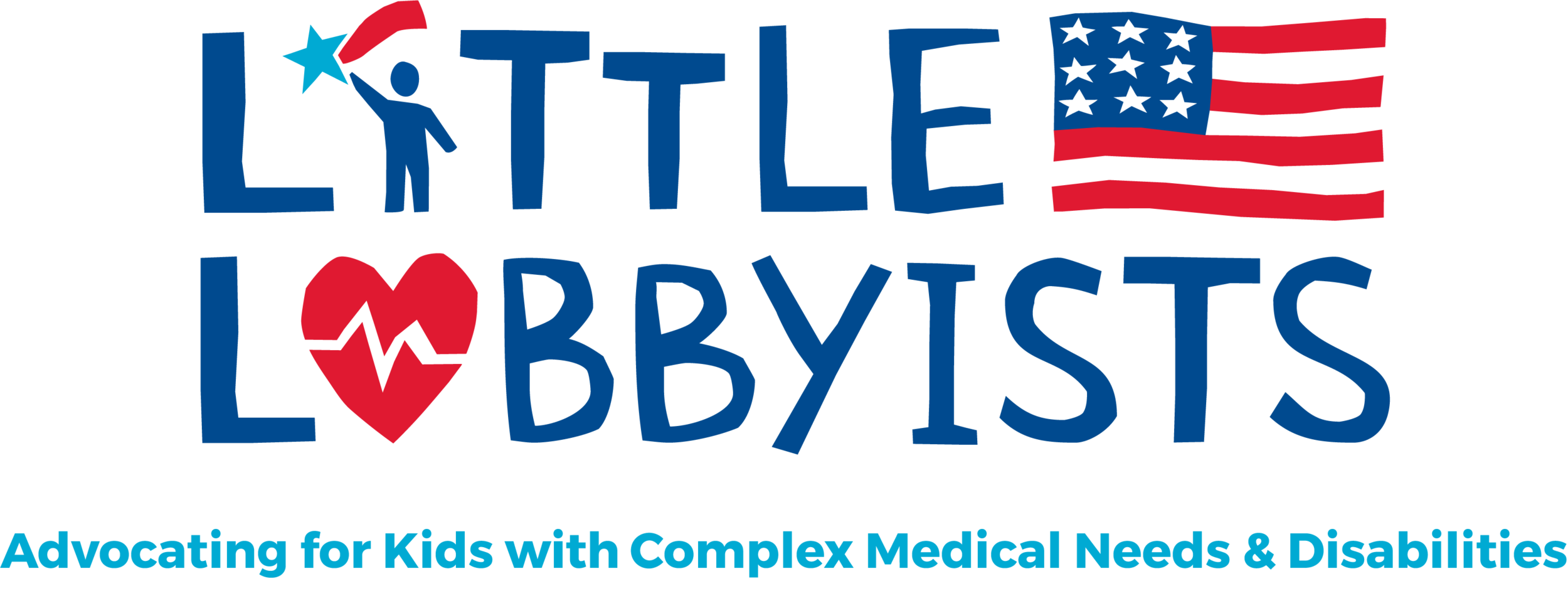Caregiving: Infrastructure of the Heart (by Sandra Joy Stein)
Sandra Stein (r) with her husband Matt (l) and their son Ravi (center) [image description: A white man and white woman pose on either side of a young Black man seated in a wheelchair. All three wear t-shirts with the words, “Caregiving Is Infrastructure.”]
“We shouldn’t live on this street anymore” I muttered to my son while pushing his wheelchair uphill toward an outdoor school gathering. I could feel my heart rate climb as we neared the top of the hill and sweat pooled inside my mask. My mind was occupied with many thoughts: the changes in state policy disallowing inter-state telehealth visits, the multiple medical facilities saying they would not provide care due to policy or insurance or prohibitive cost, his upcoming transition to middle school, and the choreography I was to teach his friends at the park where we were heading.
Through his assistive communication device, my son had told me he wanted to do a dance performance for his upcoming graduation ceremony. This would involve all of his classmates dancing to the song Best Summer Ever, from the radically inclusive movie of the same name. We arrived at the park, my heart still pounding. I ignored it. I talked with his teachers. I took pictures of him reuniting with friends after fifteen months of strict quarantine. I fed him lunch. I taught his class the dance moves he had approved using hand signals. I didn’t say anything to anyone about my heart rate. I just kept going.
Stopping what I was doing and asking for help did not even occur to me. As a family caregiver, I am my son’s transportation and food delivery system, his advocate and his interpreter. I am lauded for my perceived sacrifice and determination. I am hailed for heroism, tenacity and grit. Throughout the pandemic, my husband and I have been supplying these essential Home and Community-Based Services (HCBS) for our son on our own.
It was only when one of his friends asked if he could push my son in his wheelchair that I realized how bad I was feeling.
“No honey, I’m using the wheelchair to balance myself.”
I am accustomed to ignoring my own health needs as part of the heroic trope often projected onto--and internalized by--family caregivers. I push on. I power through.
But all unattended infrastructure, like buildings and bridges, can collapse, and I suddenly felt like I might do just that. Returning to our apartment I told my husband my heart was racing and he connected me to our son’s pulse oximeter machine. One eighty. My heart had been racing at this speed for over an hour. But now I felt scared. My father and grandfather both died young of heart attacks. My hands and feet and face went numb. I laid down so I wouldn’t fall. My husband called 911. EMS hooked me up to EKG, diagnosed my supraventricular tachycardia and gave me IV medication to stop and reset my heart before taking me to the ER. I was discharged nine hours later with a referral for cardiology follow-up.
I was shaken. How did I let this go on for so long? What would have happened to my son if I had blacked out on the hill?
At my follow-up appointment the cardiologist explained this event saying, “Most people come to a stop sign, slow down and stop. Your heart instead drove in really fast circles around it.” I laughed at the aptness of this metaphor for my life and cried when he diagnosed me with caregiver fatigue.
Yes. I am exhausted. I am bone-tired from battling insurance denials and inaccessible architecture and ableist attitudes (while continually unlearning my own), and constantly being told “No” when trying to meet my son's medical and educational needs. I am depleted after over a year without paid HCBS caregivers we could not safely have in our apartment until my son was vaccinated. I am worn down by the byzantine administrative hurdles and limited funds available to pay for caregiver services now that we can reinstate them. I am tired of running in circles around stop signs.
The Biden Administration’s plan to invest in human infrastructure--in Medicaid and HCBS--a bill called The Better Care Better Jobs Act: A Historic Investment in the Care Economy, is, in fact, historic. Our country’s failure to invest in caregiving as infrastructure has caused significant loss and unnecessary suffering to disabled people and their families.
I am no longer willing, or apparently able, to allow the heroism trope to govern my behavior. I refuse to deny my own limitations or allow them to impede my son’s health and wellbeing. I don’t want to hear well-meaning people say,, “I don’t know how you do it,” or “God doesn’t give you anything you can’t handle,” or “He is so lucky to have you.” I want us to collectively dismantle the unjust structures that limit access to disability services and support.
Twenty percent of Americans have at least one disability. The pandemic has shown that any one of us could suddenly and unexpectedly become disabled or a long-term caregiver, or both. It’s time we organize ourselves for this reality. We must invest, now, in Home and Community-Based Services.
Sandra Joy Stein is a writer and educator.

![Sandra Stein (r) with her husband Matt (l) and their son Ravi (center) [image description: A white man and white woman pose on either side of a young Black man seated in a wheelchair. All three wear t-shirts with the words, “Caregiving Is Infrastructure.”]](https://images.squarespace-cdn.com/content/v1/59d8124080bd5eadd869b8b7/1626366477314-C9IT63KOWEBTYYNUHZXH/Sandra+Stein.jpg)